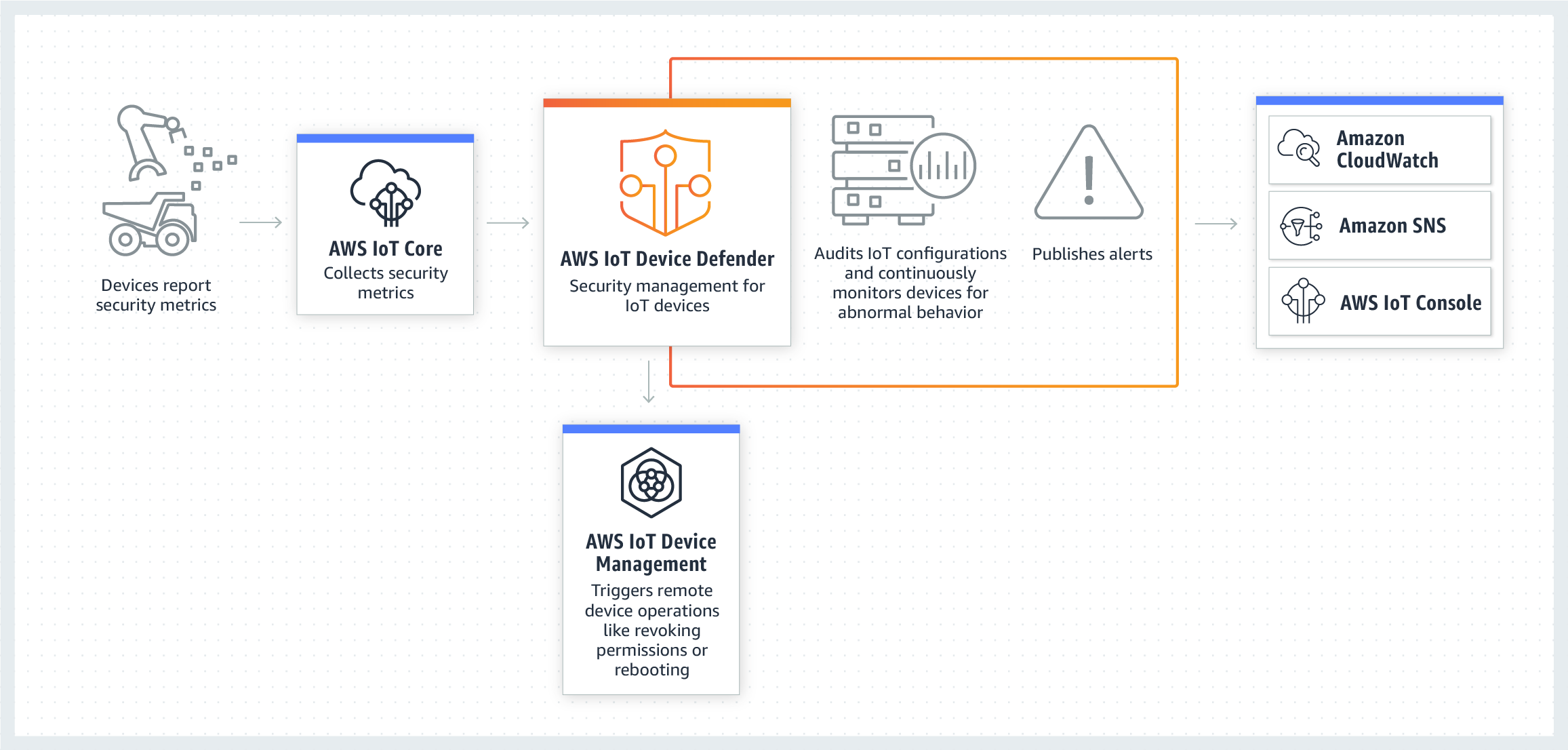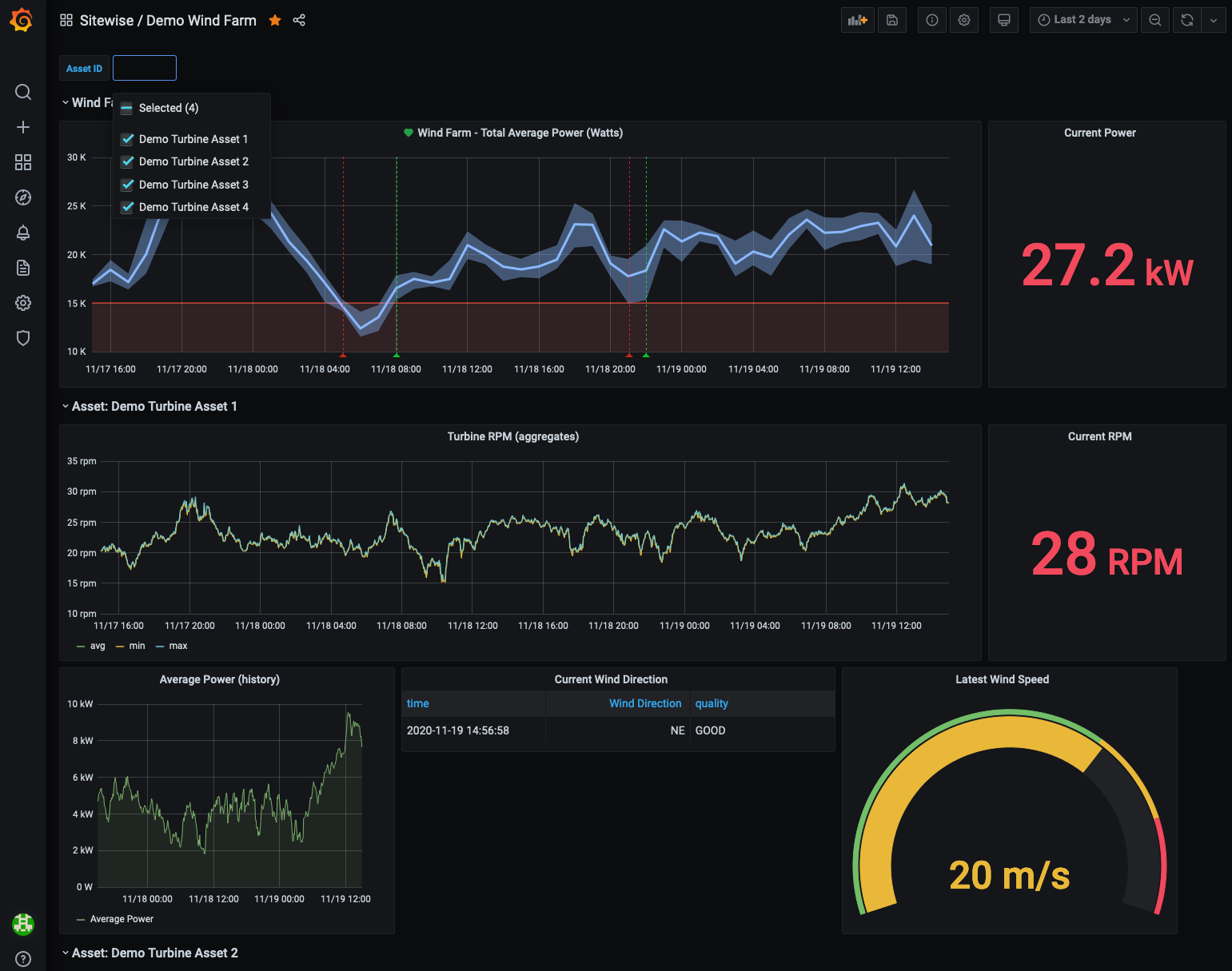Mastering AWS IoT Secure Tunneling: A Gateway To Secure Remote Device Management
In the rapidly evolving world of the Internet of Things (IoT), the demand for secure and efficient remote device management has never been more critical. As the number of connected devices continues to grow exponentially, businesses and developers face the daunting challenge of ensuring these devices remain accessible and secure from anywhere in the world. Amazon Web Services (AWS) has emerged as a leader in providing solutions for this challenge, particularly through its AWS IoT Secure Tunneling service integrated with Secure Shell (SSH). This powerful combination offers a robust pathway for remote device access and control, addressing the pressing needs of IT professionals and businesses across the globe.
The significance of AWS IoT Secure Tunneling cannot be overstated. It enables secure, bidirectional communication with remote devices, even those situated behind firewalls. By eliminating the need for complex modifications to inbound firewall rules, this service preserves the existing security levels of remote sites while providing unparalleled access. This capability is particularly relevant in today's digital landscape, where maintaining high-security standards is paramount. AWS IoT Secure Tunneling, coupled with SSH, empowers users to manage, troubleshoot, and retrieve data from IoT devices remotely, enhancing operational efficiency and reducing downtime. This approach aligns with the broader industry trend toward cloud-based solutions, a movement spearheaded by tech giants like Google Cloud and Microsoft Azure, who are also investing heavily in IoT technologies.
| Topic | Description |
|---|---|
| AWS IoT Secure Tunneling | A service that facilitates secure, bidirectional communication with remote devices behind firewalls, managed by AWS IoT. It ensures no alteration of inbound firewall rules, maintaining robust security. |
| SSH (Secure Shell) | A cryptographic network protocol enabling secure operation of network services over unsecured networks. It is widely used for remote command-line login and execution. |
| AWS IoT Core | A managed cloud service allowing connected devices to interact securely with cloud applications and other devices. |
| Device Certificate | A digital certificate registered with AWS IoT, activated to authenticate a device. It is often linked to an AWS IoT "thing" object, unlocking advanced features. |
| AWS IoT Device Data Endpoints | Unique endpoints for each AWS account supporting specific IoT functions, designed for publish/subscribe protocols. |
| Key Benefit | Secure remote access and management of IoT devices. |
| Reference Link | AWS IoT Core Official Website |
To effectively leverage AWS IoT Secure Tunneling for SSH access, it is essential to understand its core components and the steps involved in the setup process. AWS IoT Secure Tunneling facilitates bidirectional communication to remote devices, even those nestled behind firewalls, through a secure connection managed by AWS IoT. This eliminates the often-complex and risky process of altering inbound firewall rules, preserving the existing security posture of the remote site. Crucially, the process leverages secure tunneling, obviating the need for firewall modifications and thus maintaining a consistent security level.
- Damon Imani On The View Fact Vs Satire Best Moments
- Discover Christian Tattoo Designs Ideas Inspiration For Your Ink
A comprehensive guide outlines the steps for configuring secure shell (SSH) access to IoT devices using Amazon Web Services (AWS), with Raspberry Pi as an illustrative example. The foundational step involves ensuring that an SSH daemon is running on the remote device. Post-tunnel creation, SSH access can be established either within the browser or via an external terminal, independent of the AWS IoT console. This tutorial will guide you through using a terminal outside the console to access the remote device. A critical preliminary step involves configuring AWS IoT policies to grant SSH access to the device. Concurrently, you must install an SSH client on the IoT device and configure it to connect to AWS IoT Core. Once configured, it's prudent to test the SSH connection by remotely accessing the device from the AWS Management Console.
These steps collectively ensure secure SSH accessibility for your IoT devices on AWS. This method contrasts with traditional approaches that might require opening up specific ports in the firewall, creating potential vulnerabilities. With AWS IoT Secure Tunneling, the connection is initiated from within the secure environment of AWS, creating a more controlled and auditable access path. Moreover, the tunnels themselves are ephemeral, meaning they exist only for the duration of the active connection, further limiting the window of opportunity for potential attackers. The process begins with the creation of a tunnel, which acts as a secure conduit between your client (typically your development machine or an EC2 instance) and your IoT device. AWS IoT provides two primary methods for tunnel creation: manual and quick setup. The manual setup provides more granular control over the tunnel configuration, while the quick setup streamlines the process for simpler use cases. You can create a tunnel either from the Tunnels hub page or from the details page of a thing that you created within the AWS IoT Console.
Within the AWS IoT environment, security is paramount. Each device must possess a certificate registered with AWS IoT and activated for authentication. This certificate, frequently created and attached to an AWS IoT "thing" object, provides a verifiable identity for the device. While a thing object isn't strictly required for basic connectivity, its presence unlocks additional AWS IoT features, enhancing manageability and control. Each AWS account is equipped with multiple device endpoints, each uniquely tailored to support specific IoT functions. These AWS IoT device data endpoints operate on a publish/subscribe protocol, meticulously designed to meet the communication requirements of IoT devices. Other clients, such as apps and services, can also leverage this interface when their application requires the specialized features offered by these endpoints.
- Good Day Farm St Ann Deals Products Dispensary Info Explore Now
- Kane Brown Fitness Transformation Family Life Career Highlights Latest News
An example illustrating the manual setup method can be found in the AWS IoT Device Gateway connectivity documentation. The process typically involves updating the device's network settings and installing an SSH client. Connecting to your IoT device via SSH using an EC2 instance as a bridge involves several key steps. Once the tunnel is established, you can initiate an SSH session. This might involve updating the device’s network settings or installing an SSH client. Setting up remote SSH for IoT on AWS encompasses several steps, from configuring the AWS environment to securing connections with the IoT devices.
Connecting IoT devices via SSH and downloading resources from AWS is a critical skill for developers and engineers working in the IoT ecosystem. As IoT continues to revolutionize industries, understanding how to securely manage devices and integrate them with cloud platforms like AWS becomes essential. To optimize SSH for IoT remote access on AWS, consider the following best practices. AWS IoT Secure Tunneling Tutorials effectively guide users on leveraging secure tunneling within AWS IoT, a capability that enables customers to establish bidirectional communication with remote devices situated behind firewalls. This communication occurs over a secure connection meticulously managed by AWS IoT.
Once everything is properly configured, you can connect to your IoT device via SSH using the EC2 instance as a bridge. AWS IoT SSH is a secure method for connecting to IoT devices hosted on AWS cloud infrastructure. This guide covers the fundamentals of setting up SSH access, connecting to your devices, and best practices for doing so securely. AWS IoT Secure Tunneling facilitates customers in establishing bidirectional communication with remote devices through a secure connection managed by AWS IoT. This process does not necessitate updates to existing inbound firewall rules, thereby preserving the security level provided by those rules at the remote site.
The tutorials in this section predominantly focus on creating a tunnel using the AWS Management Console and the AWS IoT API Reference. Within the AWS IoT Console, you can initiate tunnel creation either from the Tunnels hub page or from the details page of a previously created "thing." Further information on tunnel creation methods can be found within the AWS IoT Console documentation. Whether you're a seasoned developer or a newcomer to the realms of IoT and cloud computing, understanding how to connect IoT devices to AWS using SSH is paramount. The source in these scenarios is usually the location from which you initiate the SSH connection (e.g., AWS), while the destination is the device you intend to connect to (e.g., your MacBook).
After creating the tunnel, you have the option to SSH within the browser or open a terminal outside the AWS IoT console. This tutorial focuses on accessing the remote device via a terminal outside the console. The following command is used to initiate a new SSH session by connecting to the local proxy on port 5555: ssh -i your_private_key.pem username@localhost -p 5555. Remember to replace "your_private_key.pem" with the path to your SSH private key and "username" with the appropriate username for the remote device. Secure tunneling does not require updates to your existing inbound. Whether you're a developer, IT professional, or business owner, understanding how to integrate IoT devices with AWS IoT and SSH is critical. Notifications regarding tunnel status and other events can be configured within the AWS IoT Console's notification settings.
Connecting an IoT device via SSH over the internet using AWS on Windows provides a robust method for remote management and monitoring. A widely used SSH client and server is OpenSSH. Several tools and resources can enhance your IoT, SSH, and AWS workflows. From setting up your AWS environment, numerous tools and resources can enhance your IoT, SSH, and AWS workflows: AWS IoT Device SDK, AWS CLI, OpenSSL, PuTTY, and MobaXterm. The IoT agent then utilizes the cat command to initiate the local proxy in destination mode, establishing a connection on the destination side of the tunnel. To use AWS IoT Core effectively and securely connect devices to the cloud, the AWS Free Tier provides 2.25 million connection minutes and 500,000 messages per month for 12 months. For more comprehensive information, see the secure tunneling topics and the IoT agent snippet within the AWS documentation.
Setting up remote SSH for IoT on AWS involves several steps, from configuring your AWS environment to establishing secure connections with your IoT devices. Setting up remote SSH for IoT on AWS involves several steps, from configuring your AWS environment to establishing secure connections with your IoT devices. Use secure tunneling to establish bidirectional communication to remote devices over a secure connection that is managed by AWS IoT. You must have an SSH daemon running on the remote device. Verify the SSH connection between devices and the EC2 instance. Following these steps will ensure that your IoT devices are securely accessible via SSH on AWS. Use the following command to connect to your IoT device.
The integration of AWS IoT Secure Tunneling and SSH represents a significant advancement in the realm of IoT device management. It aligns with the industry's broader trend toward leveraging cloud-based solutions to enhance security and efficiency. As companies like Tesla and SpaceX continue to push the boundaries of IoT applications, the importance of secure remote access cannot be overstated. This technology not only empowers businesses to manage their IoT ecosystems more effectively but also reinforces the trust of consumers and stakeholders in the security and reliability of these systems. By adopting AWS IoT Secure Tunneling, organizations can position themselves at the forefront of innovation, ensuring they remain competitive in an increasingly connected world.
- Funeral Services Obituaries In Joliet Il Find Support Now
- Scorpio Man Cancer Woman Compatibility Secrets Revealed

How To Connect SSH IoT Device Over Internet AWS Windows A Complete Guide

IoT SSH Download AWS A Comprehensive Guide To Secure And Efficient

Connecting IoT Devices To AWS Via SSH A Comprehensive Guide